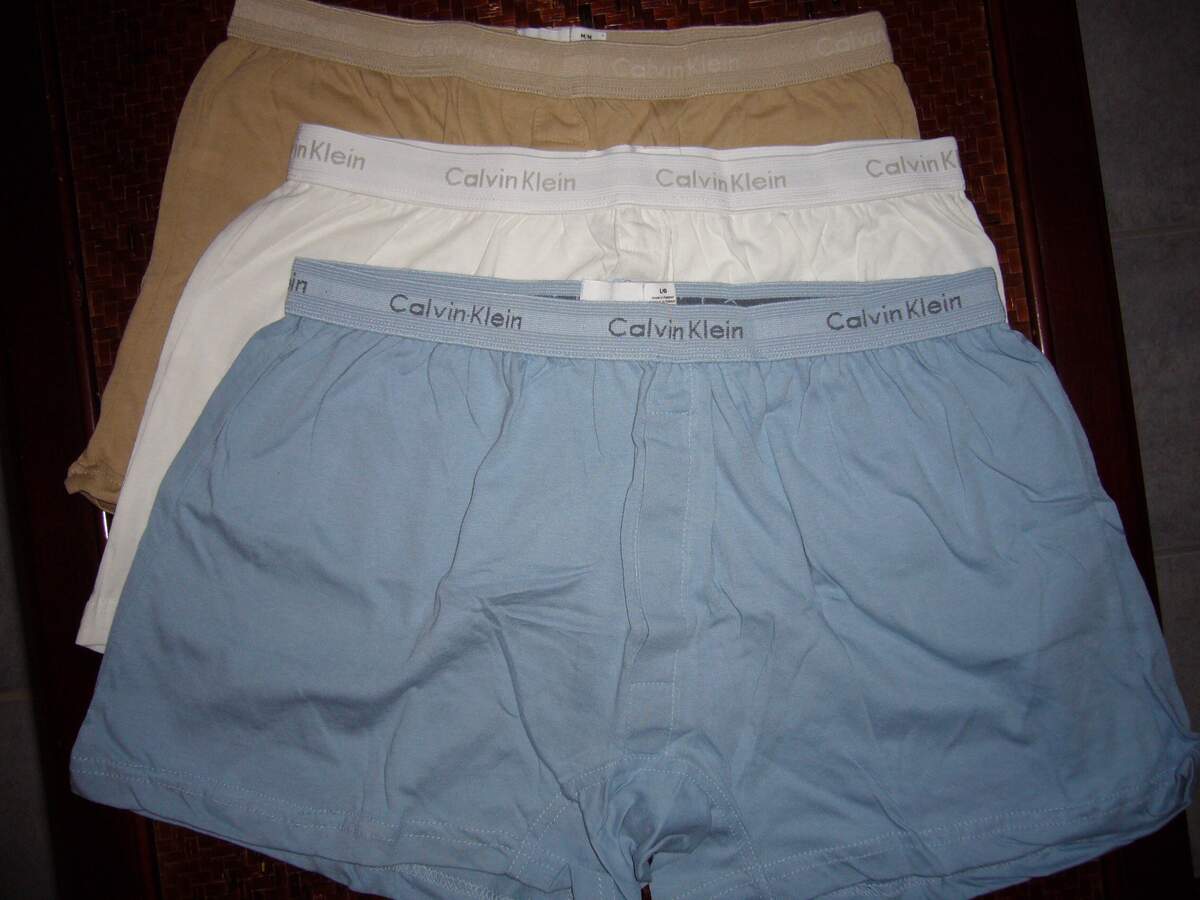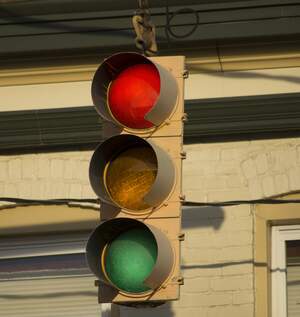

National Underwear Day
Observed
annually on August 5th (since 2003)
Dates
Founded by
Freshpair on August 5th, 2003
Hashtags
Sources
Freshpair, an online underwear retailer, founded National Underwear Day because they believe underwear is the most important thing that people wear, and because they believe it can make people feel confident and good. Since the first holiday in 2003, there have been New York City model events, underwear giveaways from Freshpair, and a Times Square runway show. In 2013, Freshpair tried to set the Guinness World Record for most people gathered together wearing underwear. They didn't reach their goal, but they did gather together more than 800 people.
Underwear, also known as undergarments, underclothes, or underclothing, and as lingerie if it is designed for women, are worn beneath outer clothes, usually against the skin. They keep clothes from being dirtied by bodily excretions, lessen the friction of outer clothes against the skin, shape the body, provide support and concealment, and sometimes are made for visual appeal and to enhance sexual attraction. Most underwear covers the torso or the waist and legs, and some do both. Females usually wear a bra and panties, while males often wear briefs, boxer briefs, or boxer shorts. Both sometimes wear tank tops, bikini underwear, thongs, and G-strings.
The first undergarment was likely a loincloth. During the Middle Ages, loincloths were replaced with braies, which were similar to pants. Wealthy men also wore chausses, which covered the legs. During the Renaissance, braies became shorter and chausses became longer. Chausses also began being replaced with hose, which covered the legs and feet. Braies, chausses, and hose weren't necessarily designed to be covered by other clothing, however, so they weren't technically underwear. A shirt-like undergarment called a chemise was also worn at this time, as were corsets.
By the second half of the eighteenth century, the invention of the spinning jenny and the cotton gin made it easy to make large quantities of cotton underwear in factories, and people began buying undergarments in stores instead of making them at home. Different types of corsets were still popular at this time and were usually worn over a cloth called a muslin. As time went on, corsets became more relaxed, and by World War I, they were all but phased out.
One-piece long underwear called union suits were common in the late nineteenth century until the 1930s. In the early twentieth century, Hanes gained popularity for making them. Chalmers Knitting Company separated them into upper and lower portions in the late 1910s; a variation of these with more lace was made for women and known as a camisole and tap pants. Around the same time, tight boxers similar to modern underwear began being made, and the first advertisements for underwear began appearing as well. In 1913, the first modern brassiere—consisting of two handkerchiefs tied with a ribbon—was created by Mary Phelps Jacob. It was patented the following year, and marketed throughout the United States, becoming the first widely adopted bra.
The first briefs were sold by Coopers Inc. in Chicago on Jan 19, 1935. Arthur Kneibler designed them, and the company named them "Jockey." Thirty thousand were sold in three months, and the company renamed itself Jockey. Boxer shorts came about in this decade as well, so named because they looked like the shorts that boxers wore; they were essentially buttonless drawers with an elastic waistband. Changes in women's underwear continued in the 1930s as well. For one, brassiere's became bras. Secondly, girdles came about. Similar to the corset of before, but less cumbersome, they usually came with a bra and garters.
By the end of World War II, the main underwear companies were Jockey and Hanes. Strapless bras became fashionable and could push up breasts and increase cleavage. In the following decade, underwear started being promoted as a fashion item; more colors and prints were used, and new fabrics like rayon, nylon, and Dacron were used. Pantyhose debuted in 1959 and were prevalent for the better part of a decade, but lost some prominence when the women's movement took shape. In the 1960s, women's underwear focused on breasts, with the emergence of pointed cup bullet bras and push-up bras like the Wonderbra. Panties continued to become more colorful and were often made of sheer nylon fabric, and the styles of hip-hugger and bikini were introduced.
In the 1970s and '80s, the main selling point for underwear was sex appeal, overshadowing comfort and durability. Boxers gained some popularity in the 1980s, but briefs also remained popular in the United States between the 1950s and 1990s. Boxer briefs arrived in the 1990s, and were a cross of sorts between boxers and briefs; they had the length of boxers and the tightness of briefs. Thong underwear and G-strings become popular in the 1990s. Today, thongs are one of the most popular types of underwear for women, and some men wear them as well.
Throughout the centuries, underwear has changed in style and purpose, but it has always been an integral part of what people wear. Many, like the folks at Freshpair, believe it is the most important piece of clothing, and that it can make people feel confident about themselves. On National Underwear Day, we celebrate the importance of underwear and the confidence it brings when it is worn.
How to Observe National Underwear Day
Celebrate the day by proudly and confidently wearing your underwear. Wear your favorite pair today, and show them off! It's a great day to pick up some new underwear, too. You can do this anywhere, but getting some from Freshpair, the creators of the holiday, is a good option. They carry both men's and women's underwear. You could also check to see if Freshpair is hosting any events today since they have in some past years.





















